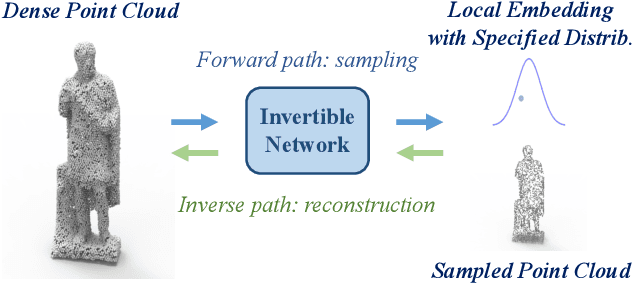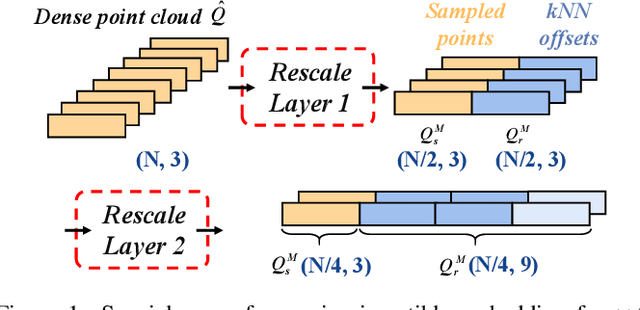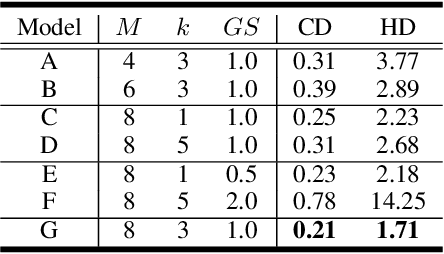Jiayan Zhang
Energy-efficient Time-modulated Beam-forming for Joint Communication-Radar Systems
Aug 07, 2023



Abstract:To alleviate the shortage of spectral resources as well as to reduce the weight, volume, and power consumption of wireless systems, joint communication-radar (JCR) systems have become a focus of interest in both civil and military fields. JCR systems based on time-modulated arrays (TMAs) constitute an attractive solution as a benefit of their high degree of beam steering freedom, low cost, and high accuracy. However, their sideband radiation results in energy loss, which is an inherent drawback. Hence the energy-efficiency optimization of TMA-based JCR systems is of salient importance, but most of the existing TMA energy-efficiency optimization methods do not apply to JCR systems. To circumvent their problems, a single-sideband structure is designed for flexibly reconfigurable energy-efficient TMA beam steering. First, some preliminaries on single-sideband TMAs are introduced. Then, a closed-form expression is derived for characterizing the energy efficiency. Finally, the theoretical results are validated by simulations.
PointLIE: Locally Invertible Embedding for Point Cloud Sampling and Recovery
Apr 30, 2021



Abstract:Point Cloud Sampling and Recovery (PCSR) is critical for massive real-time point cloud collection and processing since raw data usually requires large storage and computation. In this paper, we address a fundamental problem in PCSR: How to downsample the dense point cloud with arbitrary scales while preserving the local topology of discarding points in a case-agnostic manner (i.e. without additional storage for point relationship)? We propose a novel Locally Invertible Embedding for point cloud adaptive sampling and recovery (PointLIE). Instead of learning to predict the underlying geometry details in a seemingly plausible manner, PointLIE unifies point cloud sampling and upsampling to one single framework through bi-directional learning. Specifically, PointLIE recursively samples and adjusts neighboring points on each scale. Then it encodes the neighboring offsets of sampled points to a latent space and thus decouples the sampled points and the corresponding local geometric relationship. Once the latent space is determined and that the deep model is optimized, the recovery process could be conducted by passing the recover-pleasing sampled points and a randomly-drawn embedding to the same network through an invertible operation. Such a scheme could guarantee the fidelity of dense point recovery from sampled points. Extensive experiments demonstrate that the proposed PointLIE outperforms state-of-the-arts both quantitatively and qualitatively. Our code is released through https://github.com/zwb0/PointLIE.
* To appear in IJCAI 2021
 Add to Chrome
Add to Chrome Add to Firefox
Add to Firefox Add to Edge
Add to Edge